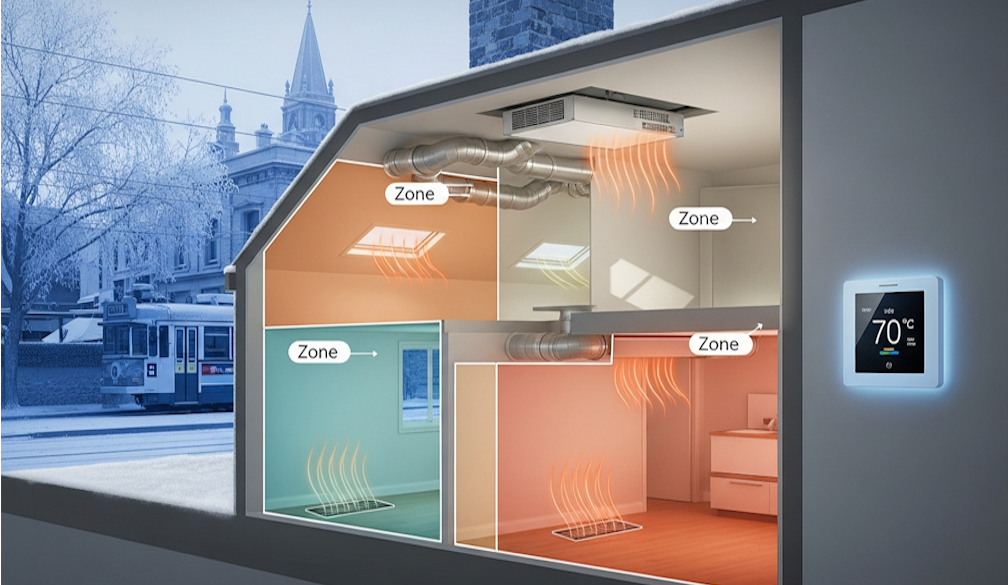Partner Visa Pathways: Onshore vs Offshore Applications Explained

Choosing between Australia’s onshore and offshore partner visa routes affects timing, travel, work rights and budget. This guide explains the structure of each pathway, what to expect after lodgement, and how to decide which option fits your situation. Where figures shift, we flag the latest official sources so you can verify before you apply.
Partner visa pathways at a glance
Australia runs a two-stage process. Apply onshore for the temporary Partner visa (subclass 820), then progress to the permanent Partner visa (subclass 801). Apply offshore for the temporary Partner visa (subclass 309), then progress to the permanent Partner visa (subclass 100). The Department’s pages outline these streams and the requirement to lodge in the correct location for each stage.
If you want personalised guidance while weighing these options, searching for a migration agent near me can surface registered professionals who understand local factors such as evidence gathering and timing requirements.
Onshore route: subclass 820 then 801
Who it suits: couples already in Australia on a substantive visa who can remain in Australia through processing. You must be in Australia when you lodge the 820 and when a decision is made. After lodging, many applicants receive a Bridging Visa A that keeps them lawful; work and study rights are commonly available on this bridging visa, though you should check the grant letter for any conditions. If you plan to travel while holding a Bridging Visa A, you generally need to apply for a Bridging Visa B beforehand to leave and re-enter.
Processing times vary and are updated monthly by the Department. Recent practitioner summaries suggest a broad range for the 820 stage followed by another range for the 801 stage, so plan for a multi-month timeline rather than a fixed date. Always rely on the Department’s processing-times tool for current indications.
Sydney-based couples sometimes compare local service options, reading reviews and MARA listings to decide on the best migration agent Sydney for support with lodgement and evidence strategy.
Offshore route: subclass 309 then 100
Who it suits: couples where the applicant is outside Australia and expects to remain overseas for the decision on the 309 stage. You must be outside Australia when you lodge and at the time of decision for the 309. Once granted, the 309 lets you travel to Australia and live with your partner while the permanent stage is assessed. As with the onshore stream, the permanent 100 stage is later assessed after time on the temporary visa.
Indicative processing times fluctuate. Independent summaries in mid-2025 show ranges for 309 and later for 100, though your actual timeline depends on case complexity and completeness. Use the Department’s processing-times page for up-to-date guidance.
If you’re overseas but prefer to work with an Australian adviser, you can still engage a migration agency Sydney or any registered agent that offers remote consultations.
How to choose: key decision factors
Start with location rules, then look at travel, evidence readiness and budget.
Quick pre-application checklist
- Are you physically in the required place at lodgement and decision for your chosen stream.
- Will you need to leave Australia during processing. If on a Bridging Visa A, factor in a Bridging Visa B for travel.
- Do you have solid relationship evidence across at least the four pillars: financial, household, social, and commitment.
- Is your passport valid long enough, and are police checks and health checks lined up.
- Is your budget aligned to the current VAC. The main-applicant charge is currently AUD 9,365, with surcharges for certain payment methods. Recheck on the Department’s site.
For complex histories like prior refusals or character issues, couples sometimes seek advice from the best migration lawyer Sydney to map risks and responses before lodging.
What to expect after lodgement
Both pathways move from temporary to permanent. Broadly, eligibility for the permanent stage is assessed from two years after you first applied for the temporary partner visa, subject to meeting ongoing relationship requirements and any requests for more information. The Department’s Partner Visa FAQs set out this timing anchor.
Expect document requests during assessment and keep evidence current. Processing times shift with demand and policy settings; the Department publishes monthly updates via its global processing-times tool, which is the most reliable place to check progress trends.
If you are researching providers for assistance, you’ll encounter national and boutique firms alike, including names such as Sydney migration international alongside other MARA-registered practices. Choosing an adviser is optional, yet many applicants value help with evidence curation and strategy.



























